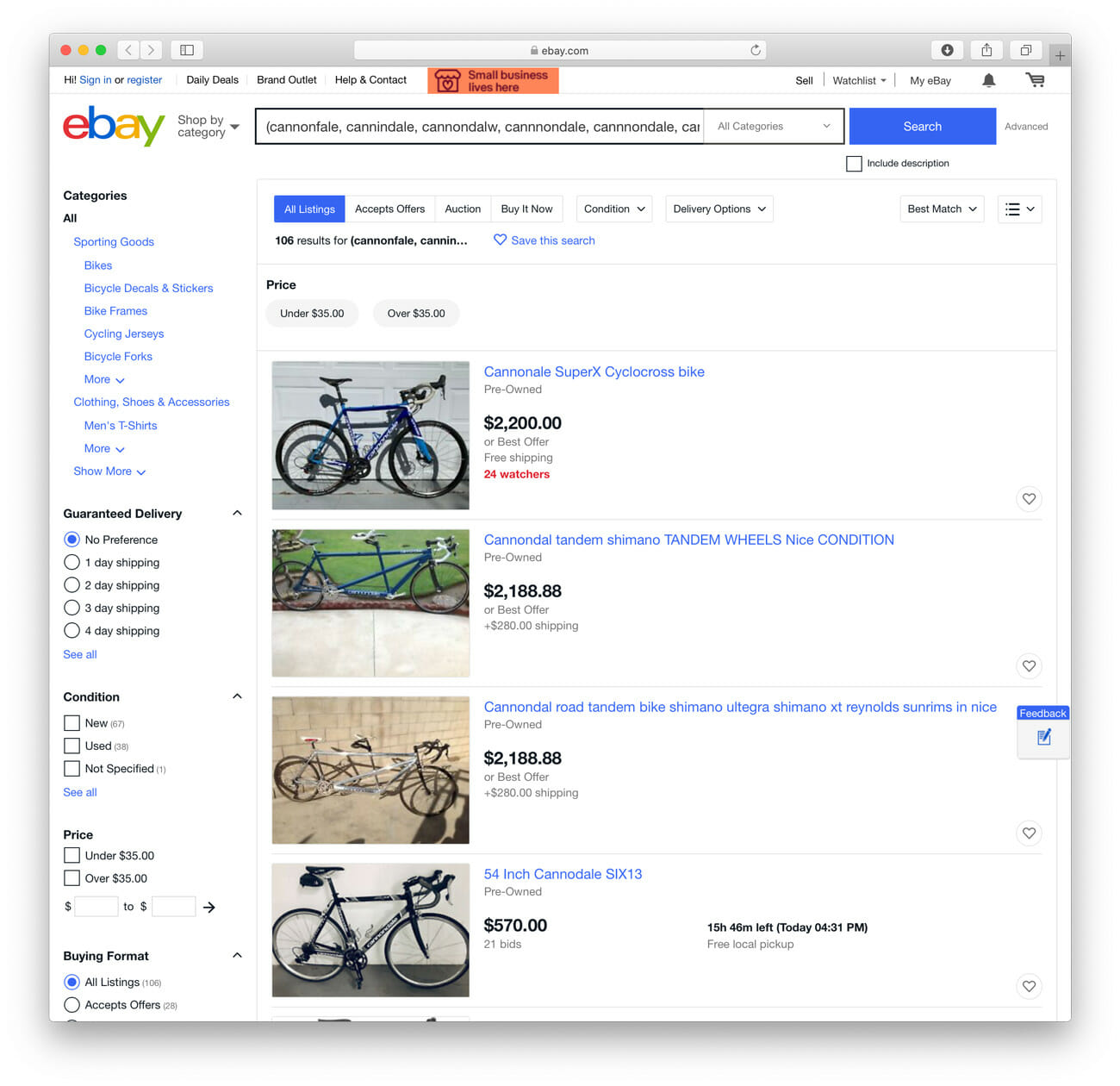What’s the difference between hiking and backpacking? The latter entails at least one night spent in the outside, and probably a lot more miles and plenty more gear. Backpacking is a practice in immersion — a pair of hiking boots and a water bottle won’t cut it; you’ll need everything required to live and be comfortable outside, starting with a bigger backpack.
Leveling up from day hike to multi-day trek requires greater consideration, particularly when it comes to what to bring. Perhaps no organization has thought more about the subject than the National Outdoor Leadership School (NOLS), a nonprofit wilderness school that enrolls more than 26,000 students in programs located in 16 remote locations around the world. Course curriculum might include triangulation by map and compass or self-arresting from a glacial crevasse. Ensuring that its students are adequately outfitted for its various programs is one of NOLS’s elementary responsibilities. Needless to say, the packing lists that it sends to prospective students are calculated and extensive.
Marco Johnson has been working at NOLS for more than 30 years, leading courses in Alaska, Patagonia and all over the world. For him, packing for a backpacking trip (or a mountaineering course or a backcountry skiing course, etc.) is second nature, but each new course offers an opportunity to help others consider what they need to bring to move and live comfortably in the backcountry. “We want our students to have the right gear for the course without breaking their budget, and we don’t want to recommend so much that they’re carrying too much stuff,” he says. Below, Johnson shares his system for how to think about what to bring on any backpacking trip.

Photo: Matt Burke (NOLS)
How to Pack for a Backpacking Trip
First, ask yourself what type of trip you’re planning. Johnson says that you should think about this in four ways:
Season. “What time of year is it? That will dictate the weather, and weather will dramatically impact the equipment you take.”
Location. “What’s the environment? The environment and the weather combined with the time of year will certainly impact [how you pack]. For instance, if I were going to go to the canyons in the fall or the spring, I would bring fewer layers than if I were to go in the winter. But I would bring fewer layers to the canyons in the fall or spring than to the Pacific Northwest in the summer.”
Duration. “[Packing for] your trip will be different if it’s a weekend trip versus a week or multi-week trip.”
Type of Trip. “What type of trip are you planning? Are you backpacking? Skiing? Mountaineering? Is it technical or non-technical? Do you just want to hike around and enjoy yourself or are you going fishing?”

What You Should Pack for a Backpacking Trip
“In general, there are categories of things that you want to bring with you. I’m going to need shelter, food, a way to cook that food, layers and my sleeping system. Those are the big categories. And you want to think about first aid, emergency communication and navigation. For me, those broad topics really cover just about everything that I might bring, and then you can get specific,” Johnson says.
After considering the four planning points (time, location, duration, type of trip), you can begin to fill in these gear categories with specific items and identify things you might need to purchase.
Things to Watch out For
Don’t overpack. “As backcountry users, we tend to overestimate the number of layers that we need. We try to take into account all the potential possibilities, or we want to have one particular layer just in case. My personal leaning on this is you want to take what you need as an individual to stay warm and be comfortable and safe in the environment you’re in, and then you want to use those layers. To me, it’s a personal failing if I come back from a course and I haven’t used all my layers. Then all they did was sit on my back.”
Eat everything you bring. “That also pertains to food. We absolutely need it, for enjoyment and creating heat in our bodies. It takes time to figure out how to adjust your ration appropriately. Most people aren’t in the backcountry so regularly that they’re dialed into what their body wants and needs. You’ve chosen your ration perfectly when you end your trip and there’s no food left.”
(NOLS publishes a book called NOLS Cookery that details strategies on planning a ration, and lists a range of backcountry recipes.)
What you pack is unique to you. “Everybody is going to be different. I’m not a good person to gauge layers off of because I’m very warm and I tend to bring fewer layers than most people, even those that I work with at NOLS. Other people are colder and have to go heavier. Understanding who you are helps with those things.”
Example Backpacking Packing List
NOLS’s 30-day trip to Wyoming’s Wind River range calls for the following:
base layer top and bottom, fleece top and bottom, puffy jacket, wind jacket, wind or hiking pants, rain jacket, optional rain pants, t-shirt, nylon shorts, two or three pairs of underwear, a baseball or sun hat, a wool or fleece hat, a mosquito head net, liner gloves, insulated gloves or mittens, mitten shells, a backpack, two to three small stuff sacks, a sleeping bag, a compression sack, two to three plastic trash bags, a sleeping pad, a stuff sack for that sleeping pad, a ground cloth, hiking boots, gaiters, camp shoes, four to five pairs of wool socks, sunglasses, an insulated mug, a bowl, a spoon, two water bottles, lip balm, sunscreen, bandanas, a headlamp, disposable lighters, insect repellent, hand sanitizer, toiletries, a towel, a watch, a pen or pencil and a notepad.
This list doesn’t include the group gear that NOLS provides (tents, stoves, pots and pans, maps, bear-proof containers and course-specific items like climbing and mountaineering gear), or optional things students might want to bring like binoculars or a camera.
Remember, NOLS put together this packing list for 30 days in the specific environment of Wyoming’s Wind River mountains. Unless that’s exactly the trip you’re planning, yours will look different (but it’s a good place to start).




